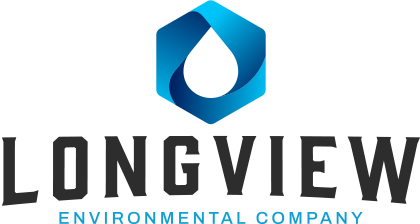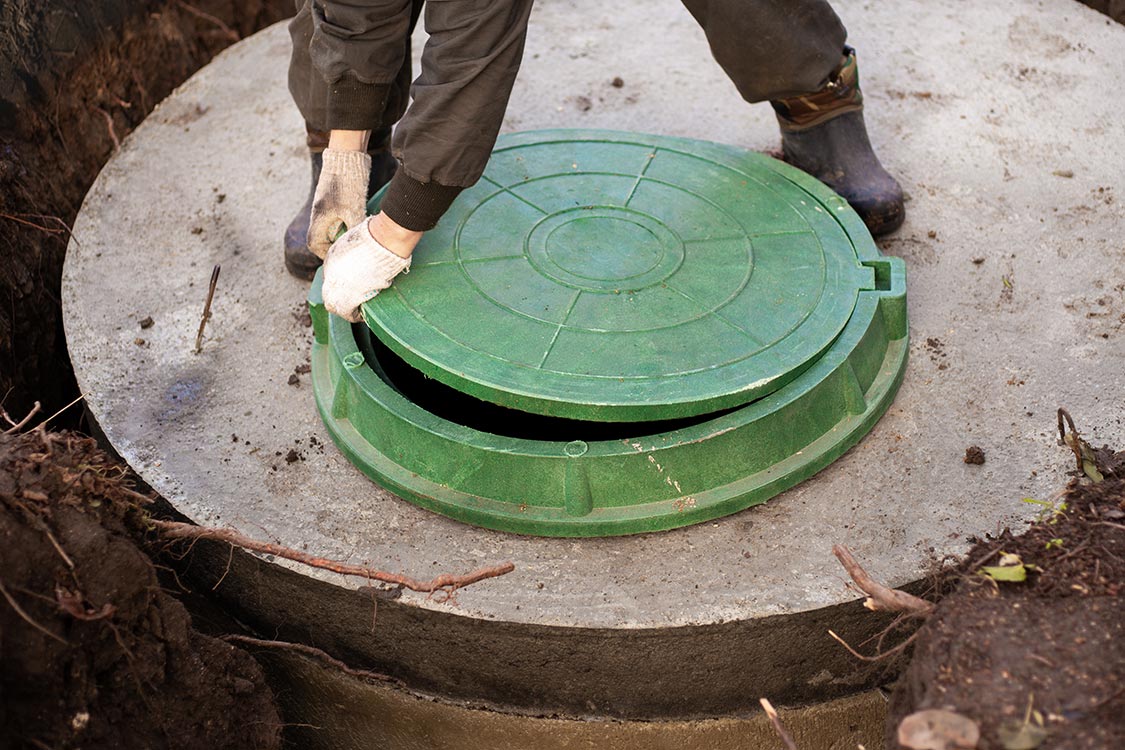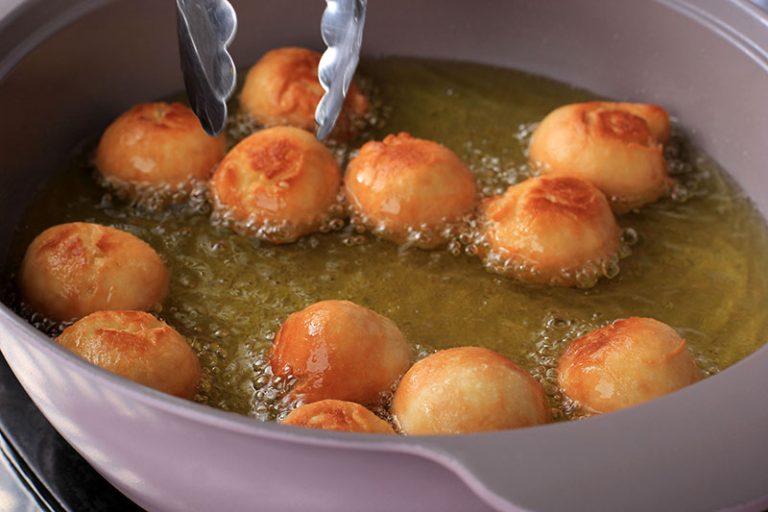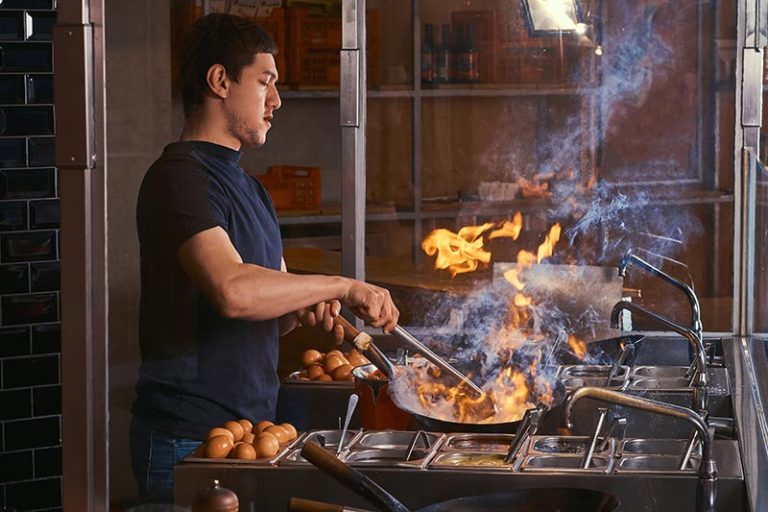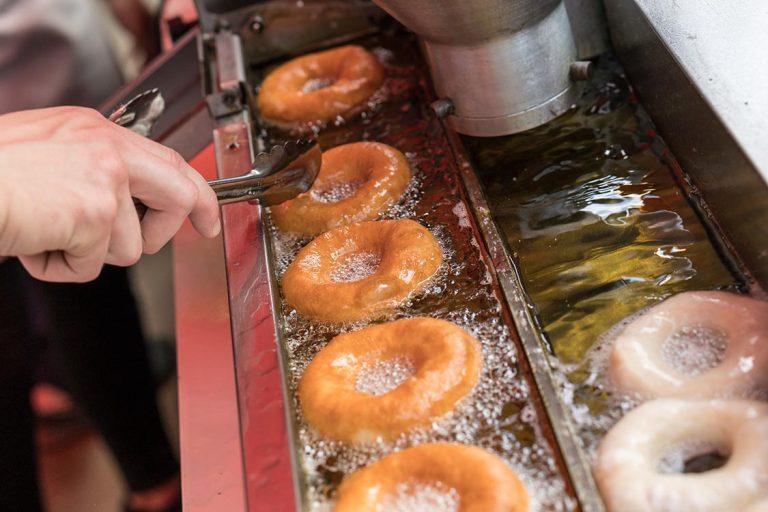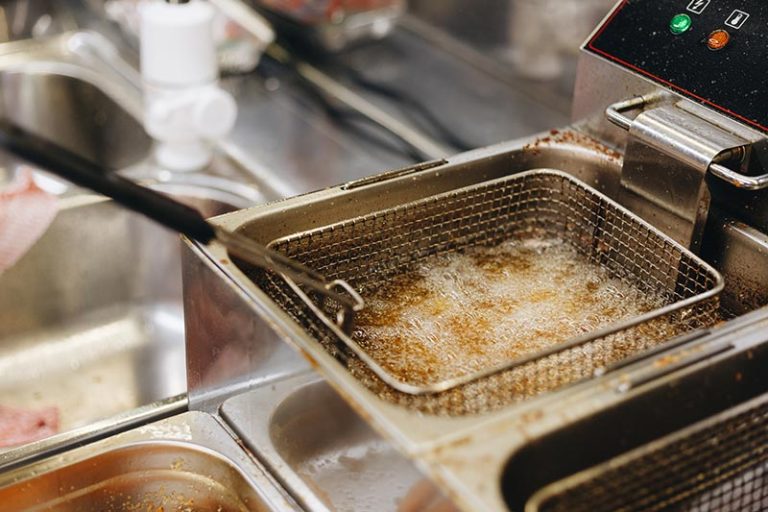Overcoming Common Challenges in Oil Collection System Implementation
Navigating the Hurdles of Modern Oil Management
Implementing a new oil collection system in a commercial kitchen is a significant step toward improving efficiency, safety, and sustainability. However, like any operational upgrade, it comes with its challenges. From space constraints to staff resistance and upfront costs, these hurdles can seem daunting. At Longview Environmental, we aim to empower restaurant owners with the insights they need to address these challenges and make informed decisions about their oil management systems.
Space Constraints in Tight Kitchens
One of the most common obstacles restaurants face when upgrading their oil collection systems is limited space. Many kitchens, especially in urban areas, are designed to maximize food preparation areas, leaving little room for additional equipment.
To overcome this challenge, compact oil collection systems are an ideal solution. These systems are specifically designed for tight spaces, offering the same functionality as larger systems in a smaller footprint. Wall-mounted units or under-counter storage options can further optimize space usage without compromising efficiency. Consulting with system providers can help identify models that fit seamlessly into your existing layout.
Another approach is utilizing outdoor storage tanks, where space permits. These systems free up valuable kitchen real estate while accommodating larger oil volumes, making them a practical choice for high-volume operations.
Managing Staff Resistance to Change
Introducing a new system can sometimes meet resistance from staff, especially when it disrupts familiar workflows. Employees may be hesitant to adopt new procedures, fearing added complexity or increased workloads.
The key to overcoming this challenge is effective communication and training. Clearly explaining the benefits of the new system—such as improved safety, reduced manual labor, and potential financial incentives—helps staff understand its value. Hands-on training sessions provide employees with the confidence to operate the system effectively, ensuring a smooth transition.
Involving staff in the decision-making process can also build buy-in. When employees feel their feedback is considered, they’re more likely to embrace the change and take ownership of the new procedures.
Balancing Upfront Costs with Long-Term Value
The initial investment required for a new oil collection system can be a sticking point for some restaurant owners. Automated systems, in particular, come with a higher price tag compared to manual alternatives. However, focusing solely on upfront costs often overlooks the long-term value these systems provide.
Automated oil collection systems reduce labor costs by minimizing the time staff spend on oil disposal. They also improve safety, decreasing the likelihood of accidents and related expenses. Furthermore, clean and efficiently managed oil often qualifies for higher rebates from recycling companies, creating an additional revenue stream that offsets initial expenses over time.
For restaurants on a tight budget, financing options or leasing programs offered by some equipment providers can make automation more accessible. Investing in a system that aligns with your long-term goals ensures that the financial benefits far outweigh the upfront costs.
Overcoming the Complexity of Integration
Integrating a new oil collection system into an existing kitchen can be challenging, especially if the system requires significant modifications to the layout or workflow. Ensuring a seamless integration requires careful planning and collaboration with system providers.
Start by assessing how the system will fit into your current operations. Identify potential bottlenecks or conflicts and adjust workflows to accommodate the new setup. For example, placing transfer points near fryers can streamline oil disposal and reduce disruptions.
Regular communication with vendors and consultants ensures the system is installed correctly and aligns with your kitchen’s unique requirements. Taking the time to plan for integration minimizes downtime and helps staff adapt quickly.
Seeing Challenges as Opportunities
While the challenges of implementing a new oil collection system are real, they also present opportunities to improve your kitchen’s operations in meaningful ways. Addressing space constraints can lead to creative solutions that optimize your layout. Engaging staff in the transition process builds a stronger, more cohesive team. Investing in automation positions your business for long-term success and future-proofs it against changing industry standards.
Longview Environmental encourages restaurant owners to approach these hurdles with confidence and a focus on long-term benefits. By taking proactive steps to address challenges, you can transform your oil management process into a cornerstone of your kitchen’s efficiency and sustainability.
Building a Smarter Kitchen, One Step at a Time
Implementing an oil collection system is not just a logistical upgrade—it’s a commitment to safer, more efficient, and eco-conscious operations. While the process may come with challenges, the rewards far outweigh the initial hurdles. By addressing space limitations, engaging staff, and focusing on long-term value, you can ensure a smooth transition that benefits both your business and the environment.
Take the time to assess your needs, explore your options, and embrace the opportunities these systems provide. With the right approach, the challenges you face today will become the foundation of a smarter, more sustainable kitchen tomorrow.
